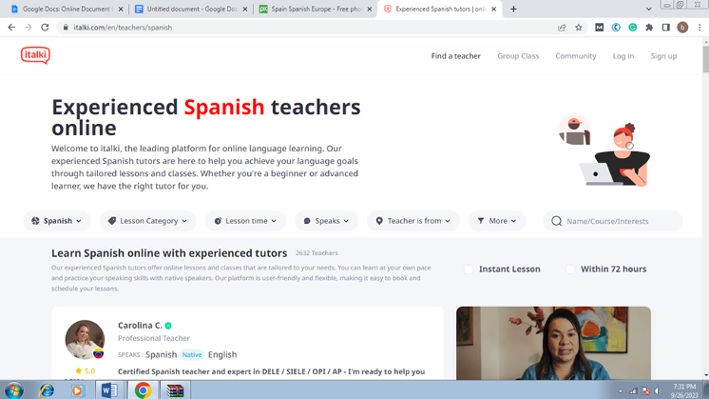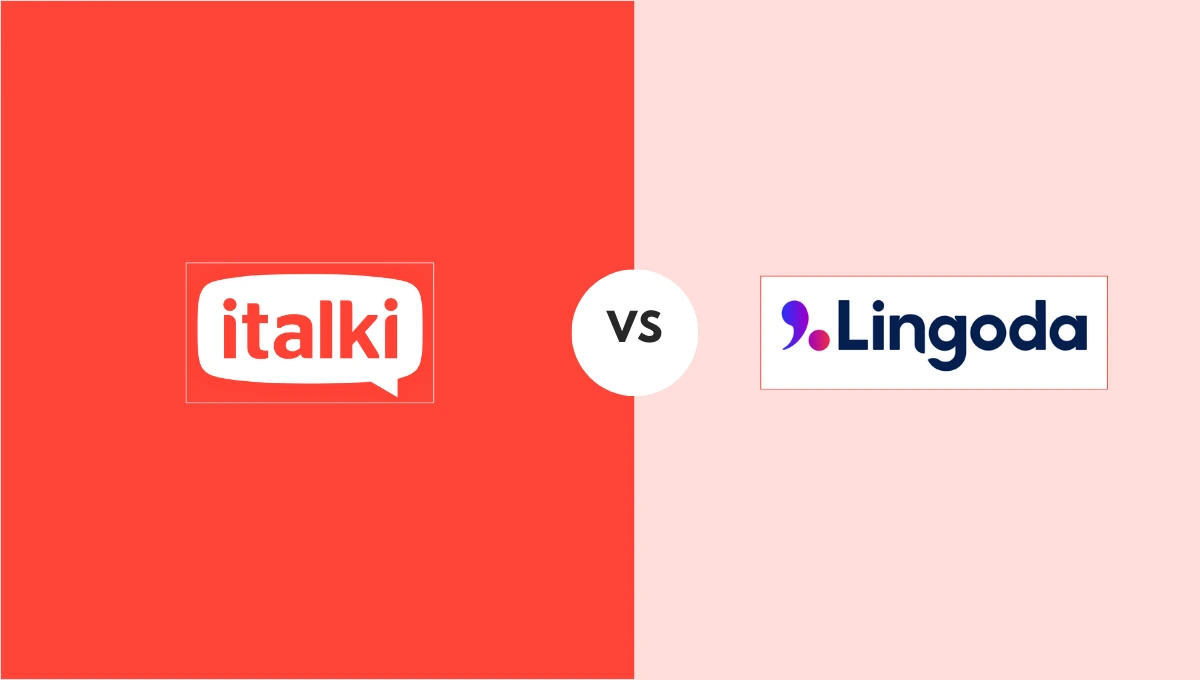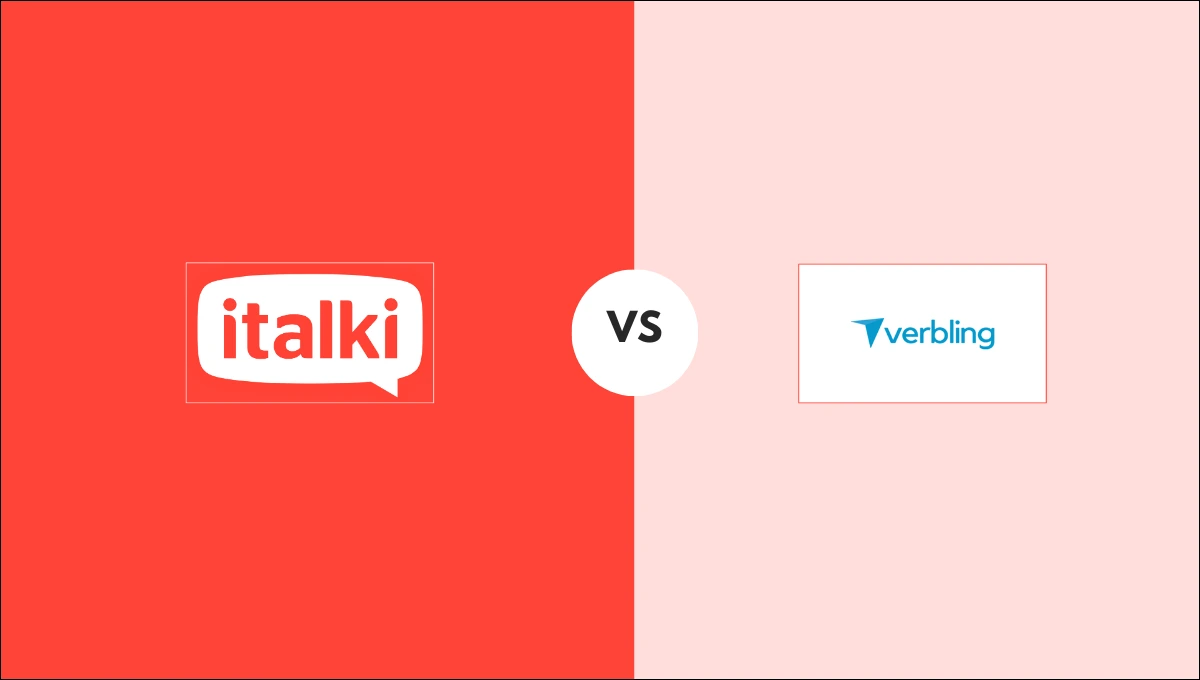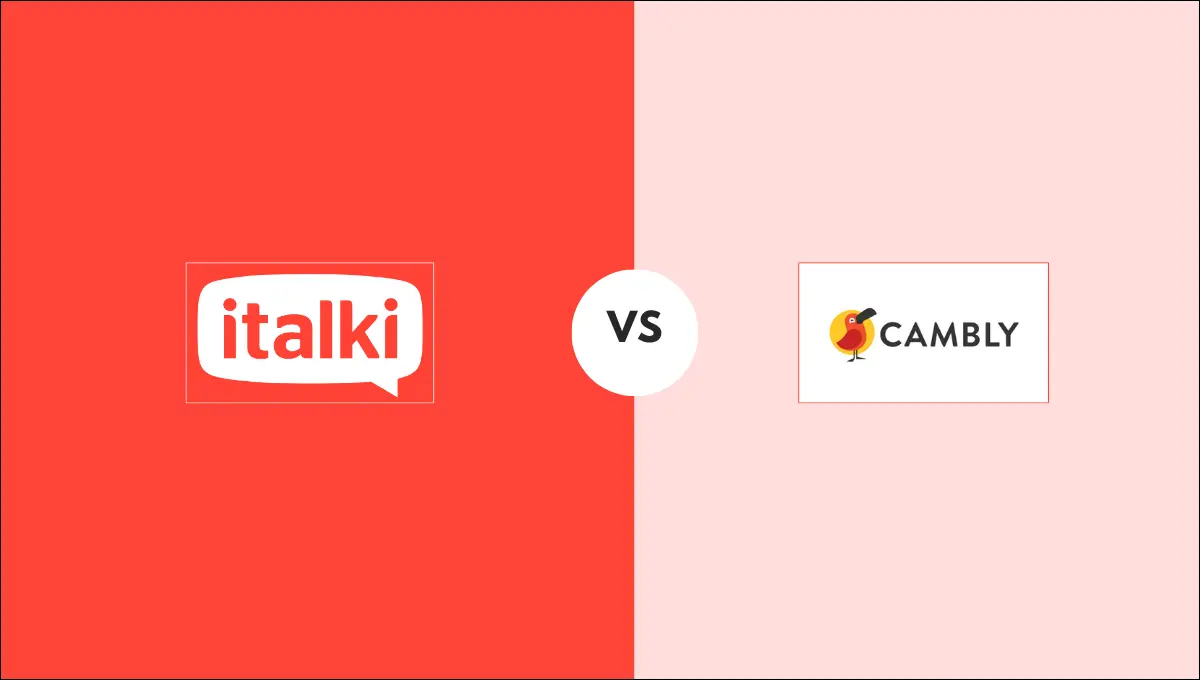Spanish music can be very different from Western music in terms of style and rhythm. From the ancient music of Andalusia to Flamenco, traditional music is still a popular choice for both Spaniards and tourists looking for a fun night out. So, today, we will look at some common Spanish music genres that are popular worldwide among those who like to dance and sing along.

9 most popular Spanish music genres
1. Salsa
Salsa music is a popular type of Latin dance music. It is a lively, fun, and entertaining musical genre that is frequently accompanied by a dance. Most salsa songs are based primarily on son montuno, with elements of mambo, Latin jazz, bomba, plena, and guaracha thrown in for good measure.
The first salsa groups were mostly composed of people in their 70s. It was formed in the 1970s in New York by Cuban and Puerto Rican musicians. His musical style was influenced by the late Arsenio Rodrguez’s son Montuno, Conjunto Chappottn, and Roberto Faz.

2. Merengue
Merengue is a type of dance music from the Dominican Republic. It has grown in popularity in Latin America and is also enjoyed by anglophone audiences worldwide. Its roots can be traced back to the Dominican Republic, where it emerged as a fusion of European music and African beats. The genre was named “meringue” after its main instrument, known as a “merengue.”
Merengues are typically upbeat and fast-paced, with synchronized and danceable beats. They usually have short verses and choruses, as well as catchy melodies that are simple to sing along to. Juan Luis Guerra, Wilfrido Vargas, Juan Luis Guerra Jr., Johnny Ventura, and Jose Alberto “El Canario” are among the most well-known artists in this genre.
3. Bachata
Bachata is a type of music and dance from the Dominican Republic. It is a mash-up of other styles like bolero, samba, and son callejero (or street son).
Bachata has been popular in the Dominican Republic, where it originated, since at least the 1950s. Bachata originated with rural Dominican laborers who gathered to sing traditional songs from their homeland. During the 1960s, when it was played on radio stations and performed live on stage by groups, the music became popular among urban Dominicans.
Other forms of Latin American music, such as bolero, samba, son callejero (or street son), and tango nuevo, influenced Bachata. Because bachata originated in rural areas, its lyrics frequently refer to rural life and nature.
4. Cumbia
Cumbia is a music genre that originated in Colombia and is popular throughout Latin America. It is frequently referred to as “the Colombian national dance.” Cumbia is a danceable rhythm with strong African roots and European and Caribbean influences.
Cumbia had its roots in the 1700s when African slaves were brought to Colombia. Slaves worked on sugar plantations, developing a new musical style called “cumbiamba,” which incorporated traditional African tunes with European instruments such as the violin and flute.
Colombian musicians who heard Caribbean music on records during WWII helped to develop the cumbia sound. They added their own instruments, such as the accordion and electric guitar, to create a distinctive sound that spread throughout Latin America.
There are several ways to learn Spanish for free, and listening to Spanish music is one of them. You can choose the Spanish music genre of your choice and start expanding your vocabulary and pronunciation.
5. Reggaeton
Hip Hop is a music genre influenced by Dancehall, Bomb, and Puerto Rico. It grew out of Dancehall and was influenced by American hip-hop, Latin American, and Caribbean music. Rap and singing, usually in Spanish, are examples of vocals.
Reggaeton is a popular musical genre in the Spanish-speaking Caribbean, particularly in Puerto Rico, Panama, the Dominican Republic, Cuba, Colombia, and Venezuela. The genre gained acceptance in mainstream Western music in the 2010s, coinciding with its growing popularity in Latin America.
6. Flamenco
Flamenco is a complex, rhythmic dance that originated in the Spanish province of Andalusia. Flamenco literally means “flaming” in Spanish, but it has also become synonymous with the music, dance, and culture of Spain’s Gitanos, or Gipsies.
Flamenco music is both rhythmic and emotive. It can be performed on guitar or cajón (a box drum), but it is most often performed by flamenco artists who sing passionately about life and love. The style is distinguished by its fast-paced rhythms and strident melodies, which can be both beautiful and harsh.
Flamenco’s origins have been debated for years by historians who have attempted to trace its roots back to ancient times. Flamenco is thought to have originated as a folk music form among gypsies in the 16th century, when they were forced into exile by Philip II, King of Castile and Aragon. According to other historians, this unique genre of music was created as early as the 12th century CE through a fusion of Arabic, Jewish, and Moorish influences.

Look at how to learn Spanish while driving and utilize this time to boost your Spanish-speaking skills. They are interesting ways to learn Spanish without getting bored or frustrated.
7. Sardana
It is a dance that originated in Catalonia but is now known all over the country. It is performed by groups of people moving in a circle while holding hands.
Sardana is primarily performed at festivals and on weekends. The accompanying orchestra of 11 members includes a kobla, ten woodwind instruments, and a bass. A flabiol (flute) and tambor (small hand drum) are being played. Female musicians have been allowed to enter koblas since the 1980s.
8. Latin Pop
Latin pop is a Spanish music genre that combines Latin and pop elements. It has a modern, mainstream style with Latin rhythms and melodies.
Latin pop rose to prominence in the United States in the late 1980s and early 1990s when it was broadcast on radio stations nationwide. There are numerous styles of Latin pop music, including salsa and merengue, which originated in Latin America.

9. Rock en Español
Rock en Espaol is a rock music genre that originated in Latin America and Spain in the 1960s. Since the late 1950s, rock music has been popular in Latin America, and it was an early force in the development of rock en espaol. Rock en Espaol is known for its lyrics, which are frequently political or socially conscious, occasionally irreverently humorous, and almost always concerned with everyday problems.
There are numerous benefits of learning Spanish, as its popularity and number of speakers are increasing daily. If you are a Spanish learner and looking for an authentic Spanish learning platform, italki is the best choice for you.
Learn Spanish with italki
Learning Spanish has never been easier or more organized than with italki. This online language-learning platform is rapidly expanding, with an exponential increase in the number of learners worldwide.
The best part is that you can learn Spanish online while working simultaneously. You can select a lesson plan based on your learning requirements. If you want to learn Spanish in one or two months, for example, you can choose a more practical learning style.
Spanish tutoring is much easier than you might think, thanks to italki’s pool of experienced instructors, most of whom are native speakers and can help you become a fluent Spanish speaker in no time.

Find Your Perfect Teacher
At italki, you can find your Spanish tutor from all qualified and experienced teachers. Now experience the excellent language learning journey!
Book a trial lesson
You can customize your learning plan by selecting your preferred learning model. After you have chosen your tutor, you can discuss your objectives with your tutor, and he or she will advise you on the best ways to achieve them.
This platform provides conversational Spanish lessons, practice exercises, real-life scenarios, and additional reading materials. Schedule your lessons as soon as possible to avail yourself of this once-in-a-lifetime learning opportunity.
Booking lessons with italki
Create a profile on italki and fill out all of the information about your learning objectives, preferred learning style, and schedule. Then, go to the ‘find a teacher’ section to look for all available Spanish instructors.

Select your preferred tutor. You can also schedule a trial lesson at a reduced rate to understand the teaching style. On this platform, every learner has a lot of freedom because they can choose their tutor, lesson time, learning mode, and so on.
This platform provides timely feedback, allowing learners to improve their weak points. Schedule your lessons today and start learning!
Frequently Asked Questions
How would you describe Latin American music?
Latin American music refers to music from Spanish or Portuguese-speaking countries such as Mexico, Central and South America, and the Caribbean islands.
Why is Latin music so famous?
Because of its rhythmic beats and catchy, upbeat vibe, the musical style appeals to people of all ages and backgrounds.
What is modern Latin music called?
Modern Latin music is Reggaeton.
Conclusion
In this comprehensive guide, we have explored 9 different and most common Spanish music genres. We recommend you find the genre that appeals to you and use Spanish music to expand your language skills.
To seek professional guidance, explore italki and book your lessons with one of the experienced Spanish tutors online. Grab this amazing learning opportunity and become a fluent Spanish speaker quickly.
Want to learn a language at italki?
Here are the best resources for you!



















